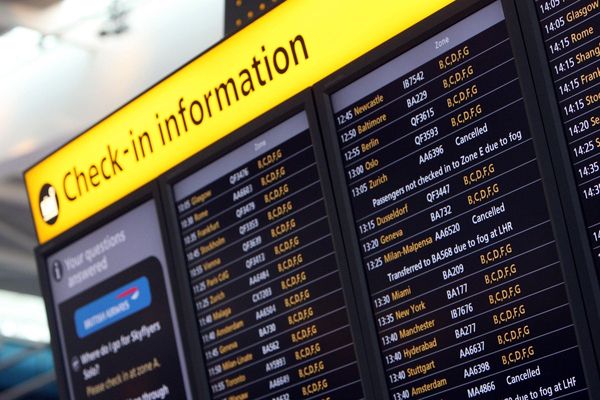
Cricket has long embraced the use of technology to aid officiating, with the Decision Review System (DRS) a by-now familiar feature of international and some domestic
The system was introduced in a bid to help the on-field umpires make fewer obvious errors, granting power to batters and bowlers to challenge decisions that they feel have been made incorrectly.
In time, the use of the third umpire has become more and more prevalent, with even marginal calls now often reviewed, but the system can prove pivotal if employed shrewdly.
Indeed, two of the most thrilling Ashes series in recent memory might have ended differently had the system been available or better utilised: in 2005, before DRS was in place, Australia may well have squeaked home at Edgbaston and gone on to win the series had Michael Kasprowicz been able to review a caught-behind decision; in 2019, Australia’s misuse of the system at Headingley proved costly as they found themselves out of reviews after Ben Stokes survived a late LBW appeal on his way to an extraordinary match-winning innings.
Here’s what you need to know about the system:
What is DRS and what does it stand for?
DRS stands for Decision Review System, and was first brought in to Test cricket in 2008. It enables players to challenge decisions made by the on-field umpires - a bowling side can challenge a “not out” decision, while a batter can ask to review after being given out.
How does it work?
After a decision is made by the on-field umpires, or the ball otherwise becomes dead, the players have up to 15 seconds to decide if they wish to review it. An intention to review is signalled by either the batter on strike or the fielding captain making a ‘T’ sign, at which point the umpires refer their decision to the third umpire, who has the benefit of replays.
The third umpire then takes as long as required to either stay with or overturn the on-field decision, using a range of technologies at his disposal and all available television camera angles to make their final ruling, before returning to the on-field standing umpire to make a signal.
Each team has three unsuccessful reviews per Test innings - this was upped from two during Covid to compensate for the pandemic-enforced use of non-neutral umpires, and has remained since.
What technology can the third umpire use?
Beyond pure footage, there are three technologies utilised during the DRS process.
Ultra-Edge or Real Time Snicko (RTS)
Ultra-Edge, also known as Real Time Snicko (RTS), uses a sensitive microphone placed near the stumps to generate a waveform displaying the soundwave of a connected oscilloscope. This waveform is then automatically synchronised with television footage to show sounds as they happened, with clear spikes on the waveform showing contact with the bat or pad. The one drawback of the technology is that it cannot distinguish what was struck, relying on the third umpire to interpret whether the ball has hit bat or pad when the two are close together - though this is reasonably rare.
Hot Spot
Hot Sport is an infrared imaging system also used to determine if the ball has made contact with the bat. It requires two infrared cameras on either side of the ground that continuously record footage, which is then made available to the third umpire. Contact with the bat, or the batter’s body, is typically evidenced by a bright, white spot where friction has elevated the temperature of the contacted area.
While once preferred to RTS, improvements in the accuracy of the Ultra-Edge technology means that it is now generally used as the primary form of determining if a batter has edged the ball.
Ball tracking
Generally using the computer vision system Hawk-Eye, also employed in tennis, ball tracking is used to assess leg before wicket (LBW) decisions. After a batter is struck on the pad or body, the ball tracking technology plots the trajectory the delivery would have continued on if not interrupted, predicting whether or not it would have hit the stumps. The technology can also assess whether the ball pitched or struck the batter in line with the stumps.
What is umpire’s call?
Umpire’s call will be commonly sighted when the third umpire asks for ball tracking. Put simply, it means that the benefit of the doubt is given to the on-field umpire’s decision when no clear error has been made.
While the ball tracking technology is good, there is a small margin for error. For this reason, both the point at which the batter was struck and whether the ball would go on to hit the stumps can be assessed as umpire’s call, sticking with the on-field decision. If the centre of the ball was outside what is called the “Impact Zone” as it struck the batter, an umpire’s call is returned; similarly, if less than half of the ball is projected to go on to hit the stumps, the on-field call will also be upheld.
If an LBW decision is upheld on umpire’s call, the team that took the review does not lose it.







